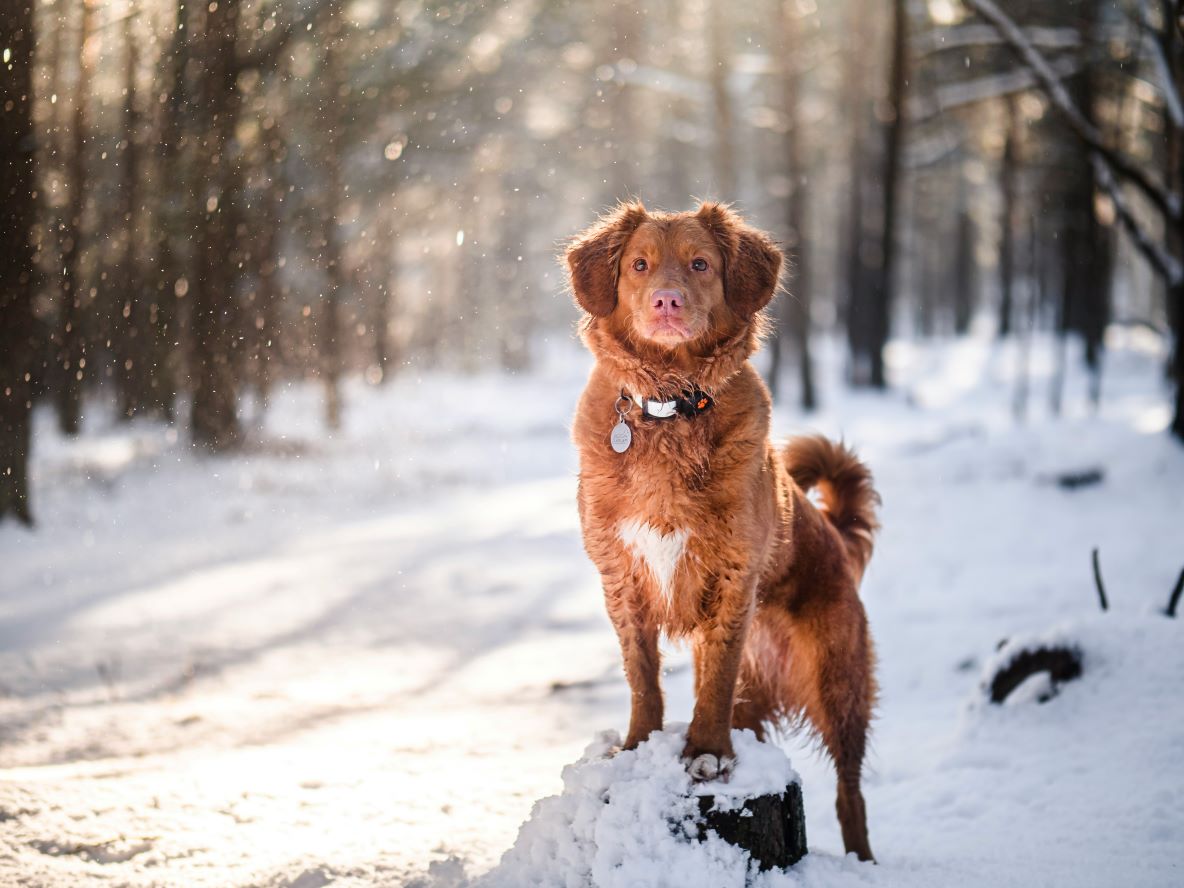
How Cold is Too Cold for a Dog Walk? Tips to Keep Your Dog Warm and Happy
Winter walks can be a magical experience for both dogs and their owners, but it’s crucial to strike a balance between outdoor fun and your dog’s well-being. The question on every dog owner’s mind during colder months is, “How cold is too cold for a dog walk?” In this blog post, we’ll explore desirable temperatures based on dog breeds, age, weight, and factors like sunshine, cloud cover, and time of day. Additionally, we’ll provide practical tips to ensure your canine companion stays warm and comfortable on chilly walks.
Desirable Temperatures Based on Dog Breed
Different dog breeds have varying tolerance levels to cold temperatures. Here’s a general guideline:
- Cold-Weather Breeds: Breeds like Siberian Huskies and Alaskan Malamutes are well-equipped for colder climates and can tolerate lower temperatures.
- Medium-Cold Tolerance Breeds: Breeds like Golden Retrievers and German Shepherds have moderate cold tolerance and can handle cooler temperatures.
- Warm-Weather Breeds: Breeds with shorter coats, such as Chihuahuas and Greyhounds, may be more sensitive to the cold and require extra protection.
Not Sure If It’s Too Cold To Walk Your Dog?
In addition to dog breeds, there are other factors to consider when determining if the temperature is too cold for a walk. Let’s dive into them:
- Age and Weight:
- Puppies and senior dogs are generally more susceptible to extreme temperatures. Keep walks shorter for them.
- Smaller and leaner dogs may lose body heat more quickly, so consider adding extra layers.
- Sunshine vs. Cloud Cover:
- Sunny days can make a significant difference in perceived temperature. If the sun is shining, your dog may tolerate colder temperatures better.
- Cloudy days can feel colder due to the absence of sunlight. Factor this into your decision to go for a walk.
- Time of Day:
- Midday is often the warmest time during winter. Consider scheduling walks around this time.
- Early morning and evening walks may be colder, so dress your dog accordingly.
Tips to Keep Your Dog Warm On A Walk
Sometimes walking your dog in the cold weather is unavoidable. In this case here are some tips to keep your dog warm on your cold walk:
- Invest in Dog Apparel:
- Consider using dog sweaters, jackets, or booties to provide extra insulation, especially for breeds with shorter coats.
- Limit Exposure in Extreme Cold:
- In very cold weather, limit outdoor exposure time. Short, frequent walks are better than one long walk in freezing temperatures.
- Protect Paws:
- Use paw balm or booties to protect your dog’s paws from ice, salt, and cold surfaces.
- Monitor Behavior:
- Watch for signs of discomfort such as shivering, lifting paws, or slowing down. If your dog shows signs of distress, head back indoors.
- Provide a Warm Bed:
- After the walk, ensure your dog has a warm and cozy place to rest. A comfortable bed away from drafts is ideal.
Specific Temperature Guidelines
While there’s no single temperature that’s too cold for all dogs, here’s a good rule of thumb:
- Above 45°F (7°C): Most dogs are comfortable.
- Below 45°F (7°C): Some small or thin-coated dogs might start to feel cold.
- Below 20°F (-6°C): Risk of frostbite and hypothermia increases for all dogs. Limit walks to short potty breaks.
How Cold Is Too Cold For A Dog Walk?
While winter walks can be a joy for both you and your furry friend, it’s crucial to prioritize their well-being. By understanding your dog’s breed, age, weight, and considering external factors like weather conditions, you can make informed decisions on when and how to take your dog for a cold-weather stroll. With the right precautions and a little extra care, you and your canine companion can continue to enjoy the beauty of winter together. Stay warm out there!






